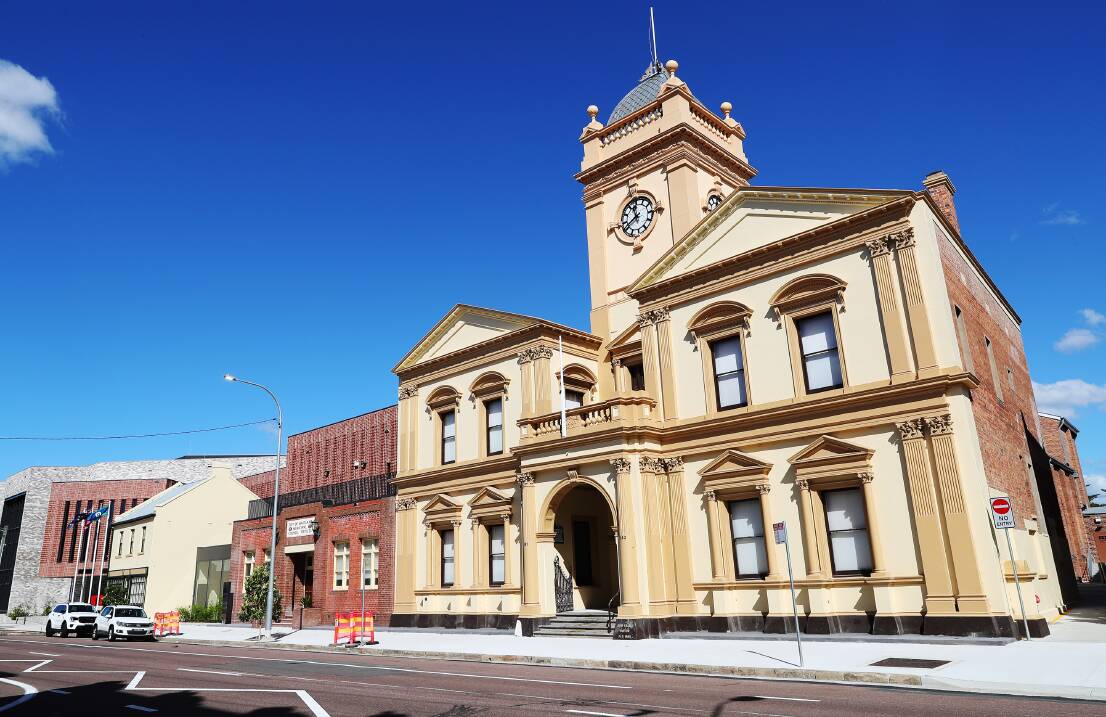
Council rate income in at least one Hunter local government area will surge more than 10 per cent over the next two years.
The Independent Pricing and Regulatory Tribunal has ruled that councils across the state can increase their rates revenue by 4.5 to 5.5 per cent in 2024-25, plus additional percentages for growth areas.
The 2024-25 increases come on top of rises of between 3.7 and 6.8 per cent in this financial year.
The IPART ruling will allow Maitland City Council, one of the fastest-growing local government areas in NSW, to increase its total rates income by 5 per cent in 2024-25, on top of a 5.9 per cent jump this year.
The rate revenue hikes do not translate directly to individual rate notices because councils such as Maitland can spread the rises across an increased number of households in the local government area.
Newcastle can grow its rates income by up to 5.2 per cent in 2024-25, on top of a 3.7 per cent increase this year.
Lake Macquarie, which also received the 3.7 per cent minimum rise this year, can increase its rates income by 5.6 per cent next financial year.
IPART has awarded rises over the two years to Upper Hunter (3.7 and 4.5 per cent), Singleton (3.9 and 5.7 per cent), Dungog (4.4 and 4.5 per cent), Port Stephens (4.4 and 4.8 per cent), Muswellbrook (3.7 and 4.5 per cent) and Cessnock (3.8 and 5.3 per cent).
The consumer price index rose 5.4 per cent in Australia in the year to September 30.
IPART said 49 of the state's 128 councils had received loadings for population growth in 2024-25.
Tribunal chair Carmel Donnelly said IPART had updated its methodology to produce rate pegs which "more accurately reflect the increase in costs for each council".
"We understand ratepayers across the state are facing cost-of-living pressures, including the affordability of council rates," she said.
"The new methodology we have applied will better account for the diversity among NSW councils and help ensure ratepayers contribute only to costs relevant to their local government area.
"These rate pegs are based on employee cost increases, forecast inflation and council-specific changes in Emergency Services Levy contributions and population growth."







